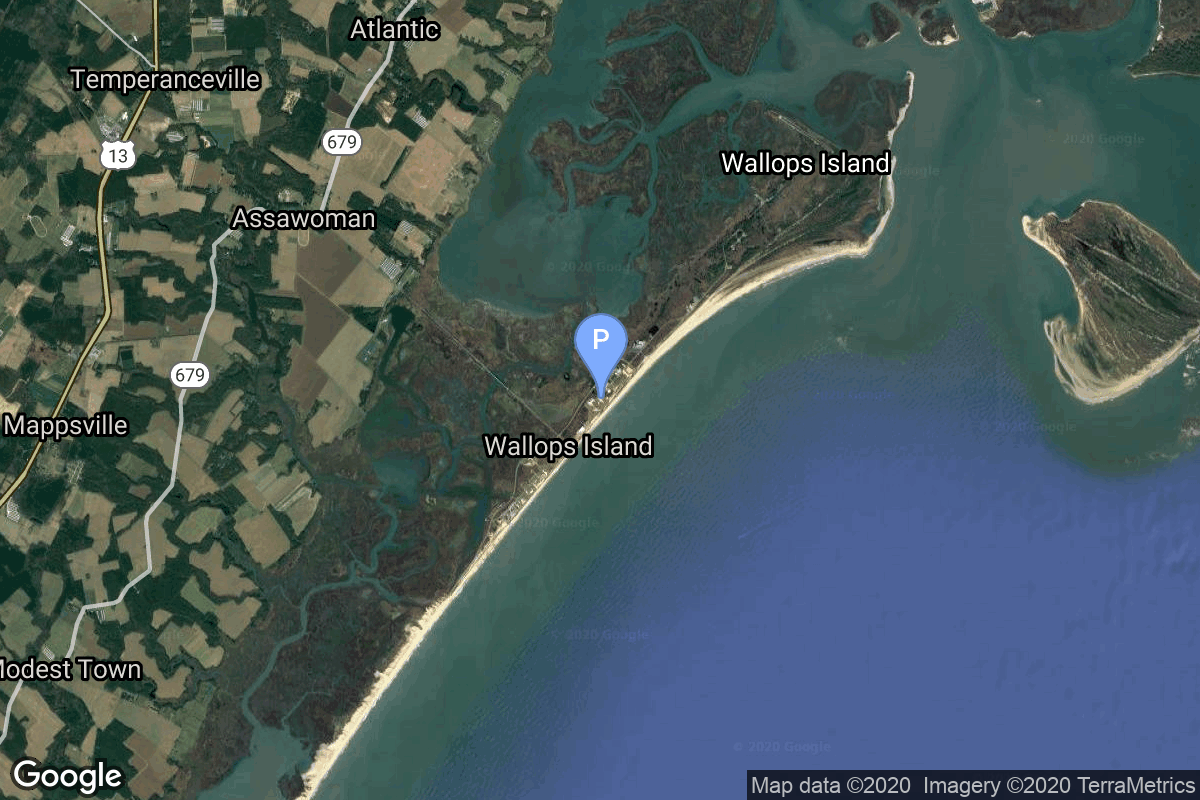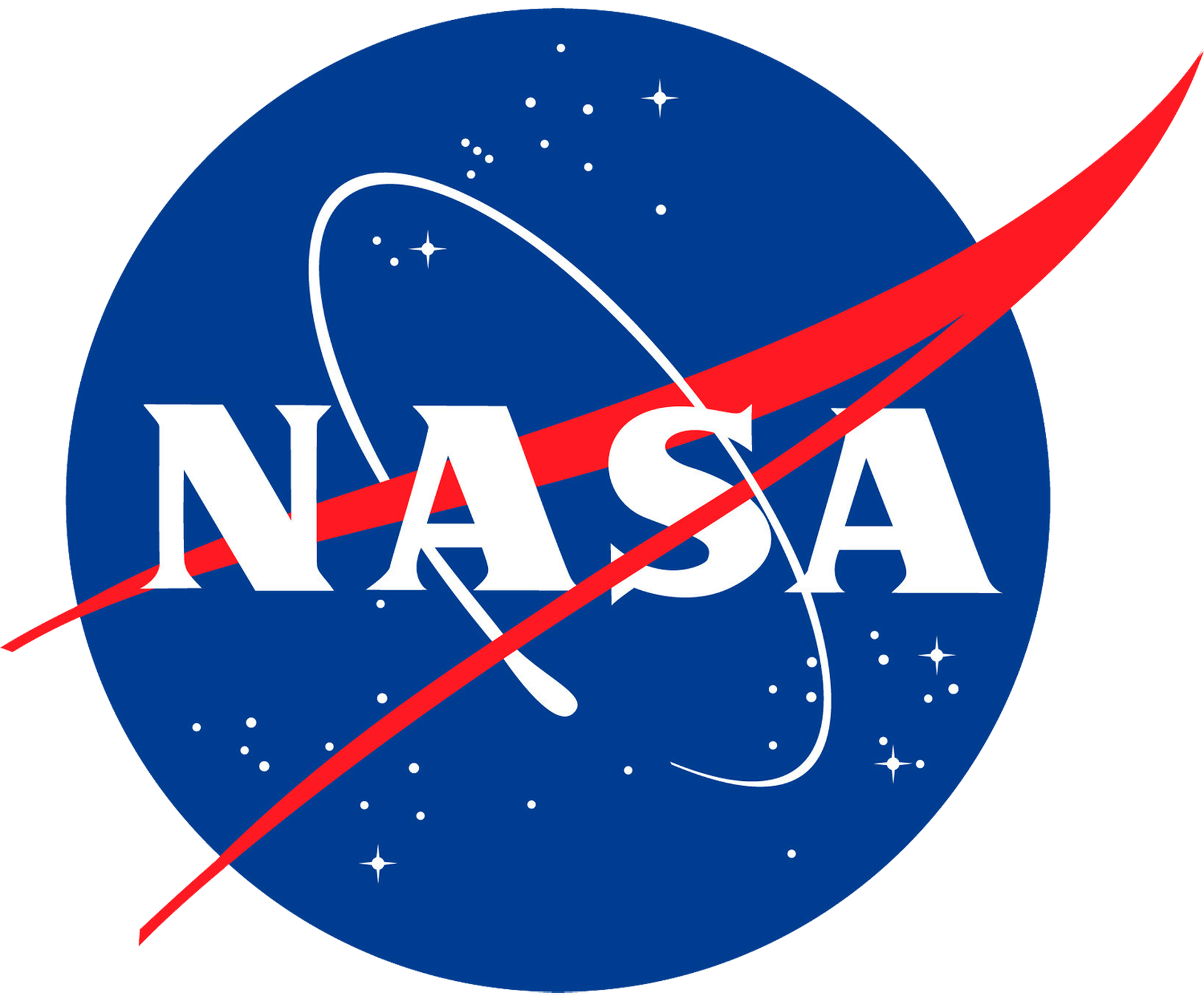Beacon Explorer C
Scout X-4
National Aeronautics and Space Administration
Mission
Beacon Explorer C
- Type: Earth Science
- Orbit: Low Earth Orbit
The BE (Beacon Explorer) satellites provided Laser reflectors for geodetic measurements as well measured the electron density in the ionosphere.
Location
Launch Area 3A
Wallops Island, Virginia, USA
Launch Area 3A has witnessed the launch of 18 rockets, including 13 orbital launch attempts, while Wallops Island, Virginia, USA, has been the site for 78 rocket launches.
Rocket
Vought Scout X-4
The Scout family of rockets were were American launch vehicles designed to place small satellites into orbit around the Earth. The Scout multistage rocket was the first orbital launch vehicle to be entirely composed of solid fuel stages.
Agency
National Aeronautics and Space Administration
The National Aeronautics and Space Administration is an independent agency of the executive branch of the United States federal government responsible for the civilian space program, as well as aeronautics and aerospace research. NASA have many launch facilities but most are inactive. The most commonly used pad will be LC-39B at Kennedy Space Center in Florida.

